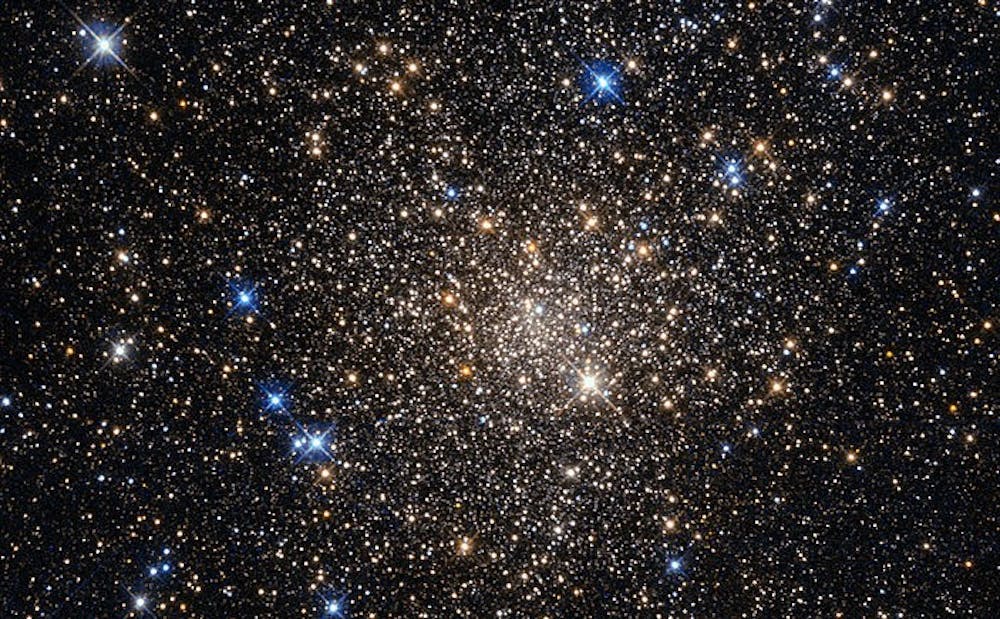Just 20 minutes off West Campus lies a forest clearing and an open sky filled with hundreds of stars for those visiting the Duke Observatory to explore.
Founded in 2002 by the Physics Department, the Duke Teaching Observatory provides students enrolled in “Introduction to Astronomy,” as well as the general public, with their own stargazing experiences. Three Meade LX200 GPS Schmidt-Cassegrain telescopes make up the Duke Observatory, said Lab Manager Yuriy Bomze, and two other identical telescopes are located in the Physics Building on West Campus.
“If some major astronomical event like meteor showers or lunar eclipses occur, we try to do special open house for those events,” Bomze said.
Bomze, who currently runs the observatory’s open houses, said that students are first taught how to operate the telescopes in the Physics Building before moving to the observatory. There, they conduct solar and stellar observations, he said.
The equipment is outfitted with GPS and navigation systems, databases with multiple star catalogues and remote controls. However, Bomze noted that the telescopes are more than 10 years old and that the interface is somewhat outdated. So he aligns and calibrates the telescope towards specific astronomical objects before participants can use them.
About 10 people were treated Friday to a special viewing—Mars and Uranus as well as the Cat’s Eye Nebula, a binary star system in which two pairs of stars are orbiting each other. There was no moon Friday night, which made it easier to discern objects with the naked eye. Even the Milky Way was faintly visible.
Attendance varies at open house events, Bomze noted. Usually 20 people in total come and go during the two-hour duration of the open house, but sometimes 30 to 40 people—including infants and the elderly—attend. The event is advertised by the Physics Department, on the Duke Observatory’s Facebook page and the Duke Events Calendar.
Bomze recommends coming to open houses during the winter, especially January or February, because the air is cold and drier. Some objects like the Orion Nebula, an interstellar cloud, are only visible during certain times of the year.
“But it’s cold,” he said, laughing. “Some people come sometimes in sandals and t-shirts, and they jump out of the car for five minutes.”
Bomze said he believes that the observer’s experience is enhanced and enriched by knowing information about the tiny, nondescript dot they are seeing. For example, the image in the telescope lens may look like two stars in a binary system, but they can actually be four stars in total—two pairs orbiting each other.
“The most exciting thing is when they start to hear all those facts because all stars look the same, or we can show a few clusters that also look pretty much the same,” he said. “What’s interesting is all that information, which makes it a completely different story.”
M. Ronen Plesser, the professor who usually runs the Observatory, is on sabbatical but will return for the Spring to host the open houses, Bomze said.
Get The Chronicle straight to your inbox
Signup for our weekly newsletter. Cancel at any time.

